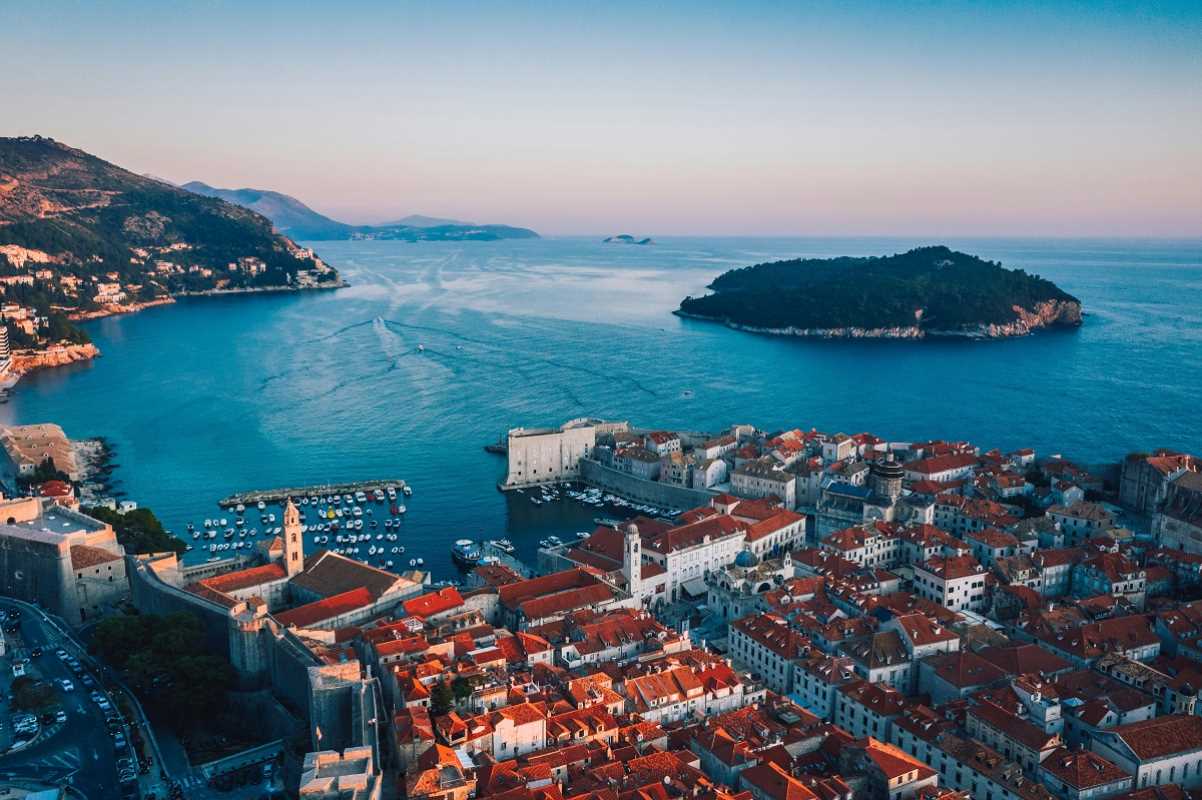Deep in the heart of Mexico lies the Yucatán Peninsula, a region rich in history and vibrant culture and a culinary landscape that tells stories of its indigenous roots. As travelers wander through its bustling markets and serene villages, they encounter a tapestry of flavors that previous generations have passed down, often overshadowed by more mainstream Mexican cuisines. These indigenous culinary traditions offer a unique glimpse into the region's past, inviting food enthusiasts to embark on a journey that tantalizes the taste buds while honoring ancient practices.
The Historical Significance of Yucatán's Flavors
Many of the ingredients and cooking techniques that make up Yucatán's cuisine have been passed down for centuries, with Mayan and Spanish influences shaping its distinctive flavors. From the abundance of tropical fruits such as mangoes and papayas to the use of corn, beans, and chiles, each dish tells a story of survival and adaptation in a region where resources were scarce. The Mayans, who were skilled farmers and hunters, relied on their ingenuity to create flavorful dishes using what was available to them.
The Influence of Mexican Spices
As Mexico's culinary capital, Yucatán has preserved its traditional flavors and embraced influences from other regions. Its proximity to the Gulf of Mexico makes it an ideal location for seafood
- Maya Heritage: The foundation of Yucatán's cuisine deeply roots in the Maya civilization, one of the most advanced indigenous cultures in the Americas. Their agricultural techniques and staple ingredients continue to influence local dishes today.
- Spanish Conquest: The Spanish arrived in the 16th century, introducing new ingredients and cooking methods that blended with indigenous practices to create a unique fusion that characterizes Yucatán's food.
- Trade Routes: Historically, Yucatán served as a hub for trade, allowing for the exchange of spices, vegetables, and culinary ideas between different regions and cultures.
- Preservation of Traditions: Despite external influences, indigenous communities maintain their culinary traditions, ensuring that authentic flavors stay preserved and celebrated.
Key Indigenous Ingredients and Dishes
- Héchic: A type of chili native to the region, *héchic* adds a distinct heat and depth to many traditional dishes, often used in salsas and marinades.
- Recado Rojo: A vibrant red marinade made from achiote seeds, garlic, and various spices, essential for dishes like *cochinita pibil*.
- Marujá: The passion fruit native to Yucatán, used in sauces and desserts to impart a tangy sweetness.
- Panuchos: A popular street food consisting of fried tortillas stuffed with shredded turkey or chicken, topped with pickled onions, avocado, and pickled vegetables.
- Sopa de Lima: A refreshing lime soup that combines chicken broth with tender meat, crispy tortilla strips, and a generous squeeze of fresh lime juice.
- Poc Chuc: Grilled pork marinated in citrus juices, typically served with a side of pickled onions and fresh vegetables.
- Relleno Negro: A rich, dark turkey stew seasoned with burnt chilies and spices, showcasing the complex flavors of Yucatán's indigenous cuisine.
Influences of Indigenous Communities
The indigenous communities of Yucatán, particularly the Maya, profoundly impact the region's culinary landscape. Their intimate knowledge of local flora and fauna leads to the use of ingredients that are both flavorful and sustainable. Traditional cooking methods, such as using the *pib* (an underground oven), allow for slow-cooked dishes that embody the essence of Yucatán's flavors. Festivals and communal gatherings often feature feasts that highlight these indigenous dishes, reinforcing the importance of food in cultural identity and community bonding. The craftsmanship involved in creating traditional utensils and cookware ensures that culinary techniques stay preserved and adapted over time.
Traveler Experiences: Tasting the Past
During my visit to Mérida, the capital of Yucatán, I stumbled upon a small family-run restaurant tucked away in a vibrant market. The owner, an elderly Maya woman named Rosa, welcomed me warmly and offered a plate of poc chuc paired with fresh marujá sauce. As I took my first bite, the succulent pork combined with the tangy passion fruit created a symphony of flavors that spoke volumes about the region's culinary heritage. In the inland villages, I joined locals in preparing cochinita pibil, where the communal effort and shared stories added depth to the meal. These personal interactions enriched my understanding of Yucatán's food and highlighted the significance of preserving these age-old traditions for future generations.
Preserving Culinary Traditions
Globalization can sometimes create challenges for preserving unique culinary traditions, but the rich flavors of Yucatán’s indigenous cuisine are worth protecting and celebrating. Local chefs and food enthusiasts are stepping up, working together to document traditional recipes and cooking methods so these cherished flavors can thrive for years to come. Educational programs and culinary tours are introducing both locals and visitors to the importance of Yucatán’s native ingredients and cooking techniques, creating opportunities to learn and connect with this vibrant culture.
Collaboration is also playing a key role. Partnerships between indigenous communities and modern restaurants are sparking renewed interest in authentic Yucatán dishes, blending tradition with innovation in exciting ways. By embracing these forgotten flavors, we’re not only honoring the past but also adapting them to contemporary tastes, ensuring they remain relevant and appreciated.
Preserving Yucatán’s culinary heritage isn’t just about maintaining history—it’s about celebrating a vibrant culture that brings people together through food. By supporting these efforts, you’re helping to keep this diverse and flavorful tradition alive, creating opportunities for future generations to experience the beauty of Yucatán’s cuisine. Together, we can ensure that this incredible food culture remains a treasured part of our shared culinary world.
 (Image via
(Image via





